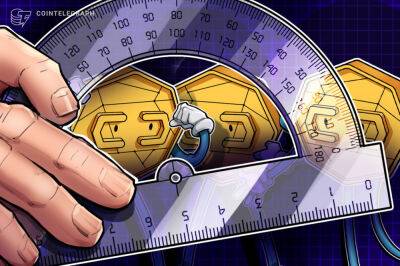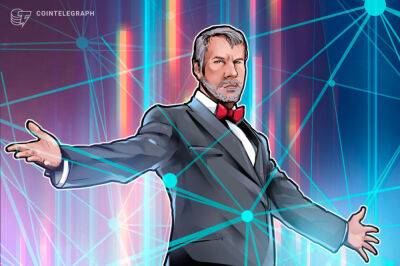TechScape: Will the video games industry ever confront its carbon footprint?
When a company tries to cut its carbon footprint, how far should it cast the net? Is it responsible for the choices of its customers? What if it sells something that doesn’t have a carbon footprint at all – until the second it’s used?
For some companies, flush with cash, the answer is easy enough. Microsoft, for instance, has committed to becoming carbon negative by 2030, and ultimately removing from the environment all the carbon it has ever emitted by 2050. In that accounting, it’s even accepting the cost of downstream use of its products: if you’ve powered an Xbox on a diesel generator, or charged a Zune using coal power, Microsoft will offset those emissions.
But for others, the decisions are trickier. The games industry, in some ways, faces the purest distillation of this question. It produces a leisure product, which exists almost entirely in software, and can, depending on decisions made by the developer, use as much electricity as boiling a kettle or as little as powering a wristwatch. So what does it mean to be a climate-conscious game developer?
This weekend, I spent some time at the WASD event in London, hoping to find an answer. Tamara Alliot, the chief executive of game developer Nerial – and a former sustainability manager before she moved into games – points out that there are lots of ways that a developer can tackle its footprint before even needing to pay attention to the trickier philosophical points.
“The impact of playing the games is one of the impacts of the industry, but it’s not the only thing,” she says. “I think we have to acknowledge that there is a video game supply chain, and a hardware lifecycle. The life of the hardware, the energy and the materials used to make the computers themselves –
Read more on theguardian.com


![Shiba Inu [SHIB] whales go sulking; could retail traders drive the prices up](https://finance-news.co/storage/thumbs_400/img/2022/5/11/25076_q8l.jpg)

![UST goes rogue, but Neutrino USD [USDN] ‘depeg(s)’ a different story](https://finance-news.co/storage/thumbs_400/img/2022/5/11/25074_igk9.jpg)




![Can CAKE [PancakeSwap] bulls bake a rally after seeing strong moves post…](https://finance-news.co/storage/thumbs_400/img/2022/5/11/25068_ooi.jpg)

![Here’s why IOTA [MIOTA] seems to be defying the odds in a market crash](https://finance-news.co/storage/thumbs_400/img/2022/5/11/25066_uwa.jpg)







